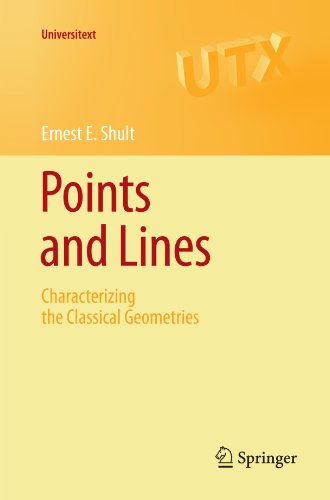

Most ebook files are in PDF format, so you can easily read them using various software such as Foxit Reader or directly on the Google Chrome browser.
Some ebook files are released by publishers in other formats such as .awz, .mobi, .epub, .fb2, etc. You may need to install specific software to read these formats on mobile/PC, such as Calibre.
Please read the tutorial at this link: https://ebookbell.com/faq
We offer FREE conversion to the popular formats you request; however, this may take some time. Therefore, right after payment, please email us, and we will try to provide the service as quickly as possible.
For some exceptional file formats or broken links (if any), please refrain from opening any disputes. Instead, email us first, and we will try to assist within a maximum of 6 hours.
EbookBell Team

4.8
24 reviewsThe classical geometries of points and lines include not only the projective and polar spaces, but similar truncations of geometries naturally arising from the groups of Lie type. Virtually all of these geometries (or homomorphic images of them) are characterized in this book by simple local axioms on points and lines. Simple point-line characterizations of Lie incidence geometries allow one to recognize Lie incidence geometries and their automorphism groups. These tools could be useful in shortening the enormously lengthy classification of finite simple groups. Similarly, recognizing ruled manifolds by axioms on light trajectories offers a way for a physicist to recognize the action of a Lie group in a context where it is not clear what Hamiltonians or Casimir operators are involved. The presentation is self-contained in the sense that proofs proceed step-by-step from elementary first principals without further appeal to outside results. Several chapters have new heretofore unpublished research results. On the other hand, certain groups of chapters would make good graduate courses. All but one chapter provide exercises for either use in such a course, or to elicit new research directions.